Planters come in all shapes, sizes, and materials, each offering unique benefits and aesthetic appeal. Whether you’re nurturing a vibrant succulent in a quirky animal-shaped pot or housing a lush fern in a classic ceramic container, proper care of your planters ensures not only the health of your plants but also the longevity of your decorative pieces. In this comprehensive guide, we’ll delve into essential tips and strategies for maintaining various types of planters, including ceramic pots, dice-shaped flower pots, and those with intricate human body art designs.
1. Understanding Different Types of Planters
1.1 Ceramic Planters
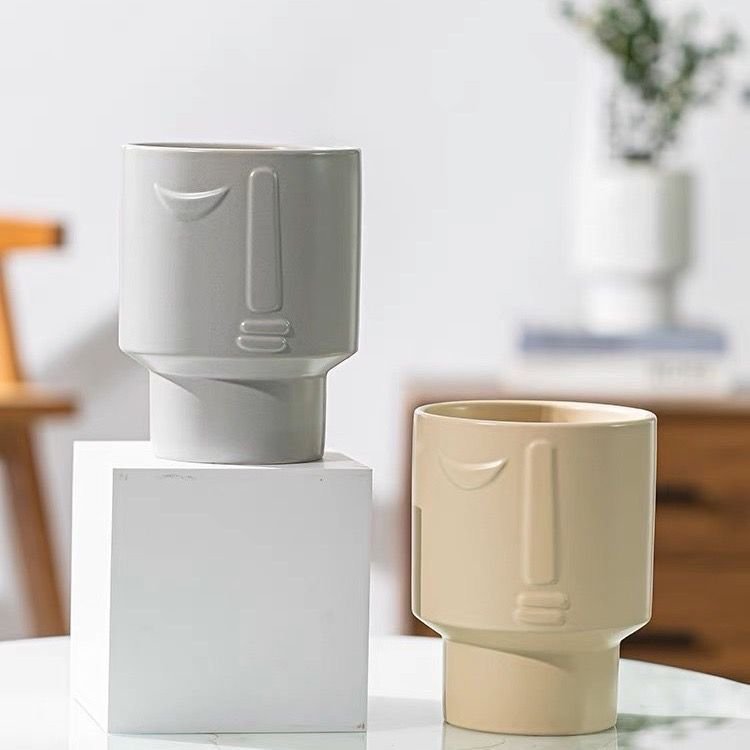
Ceramic planters are renowned for their durability and aesthetic appeal. They come in various styles, from sleek modern designs to intricate hand-painted patterns. Proper care involves understanding their specific needs:
- Drainage: Ensure your ceramic planters have adequate drainage holes to prevent waterlogging. This is crucial as excess moisture can lead to root rot.
- Cleaning: Regularly clean your ceramic pots with a mild soap and water solution. Avoid abrasive materials that might scratch the surface.
- Protection: In colder climates, ceramic pots can crack due to freezing temperatures. Protect them by moving them to a sheltered location during harsh weather.
1.2 Dice-Shaped Flower Pots
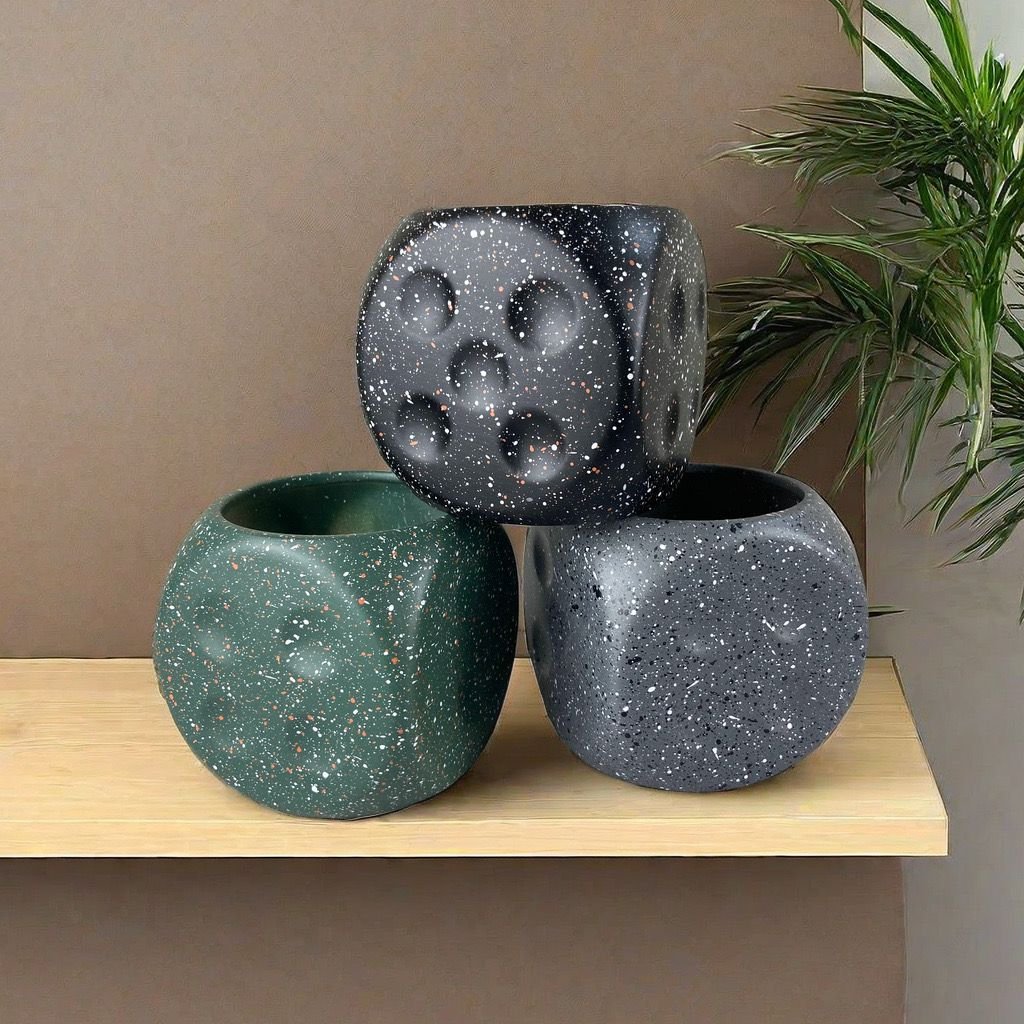
These playful pots add a fun element to any garden or indoor space. Their care involves a few additional considerations:
- Watering: Due to their unique shape, ensure that water drains effectively. Consider adding a layer of gravel at the bottom to improve drainage.
- Sunlight Exposure: Place dice-shaped pots in areas with adequate light, but avoid direct sunlight that could heat the pot and affect the plant.
- Cleaning: Clean them with a damp cloth and mild detergent. Avoid soaking the pot to prevent damage.
1.3 Animal-Shaped Flower Pots
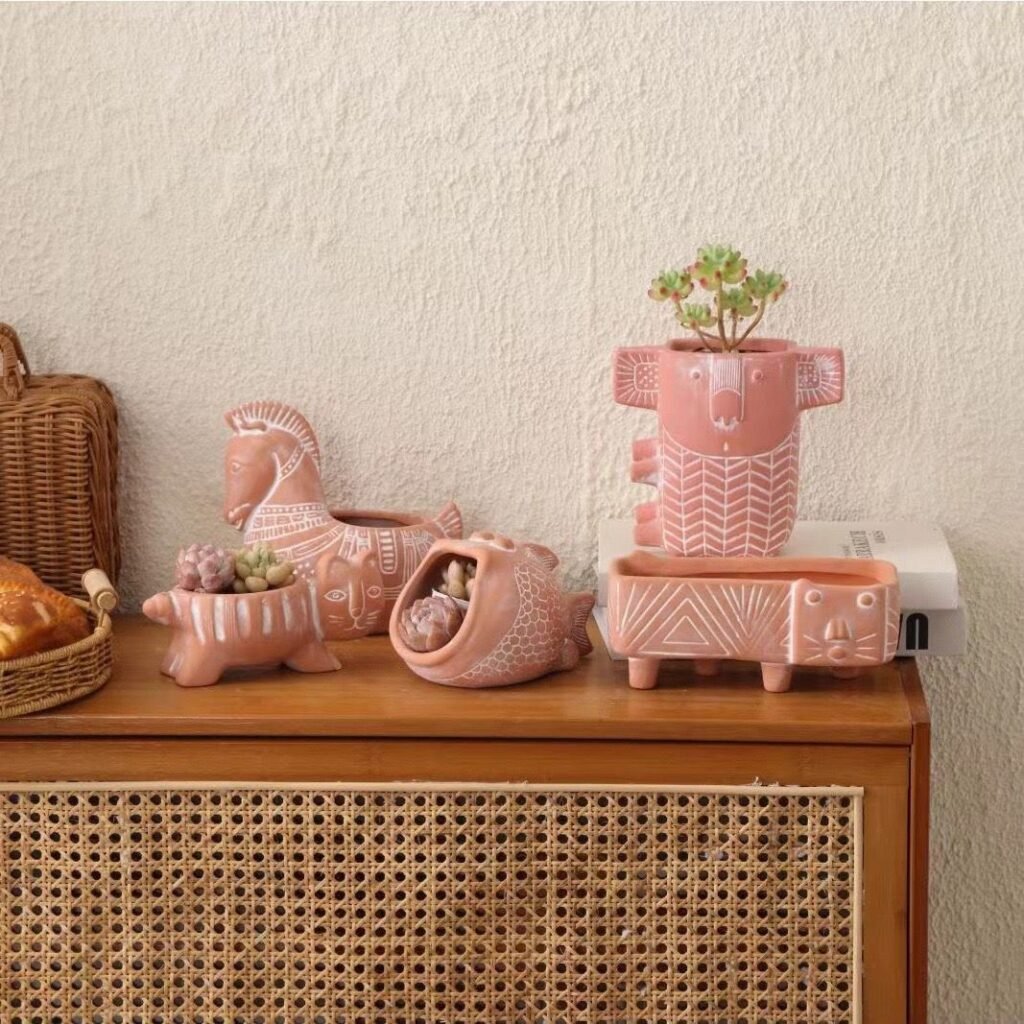
Ideal for succulents, animal-shaped pots are both charming and functional. Their care involves:
- Soil: Use a well-draining soil mix suited for succulents. This helps prevent overwatering and root rot.
- Watering: Water sparingly, allowing the soil to dry out between waterings.
- Placement: Position them in bright, indirect light to mimic their natural habitat.
1.4 Human Body Art-Shaped Flower Pots
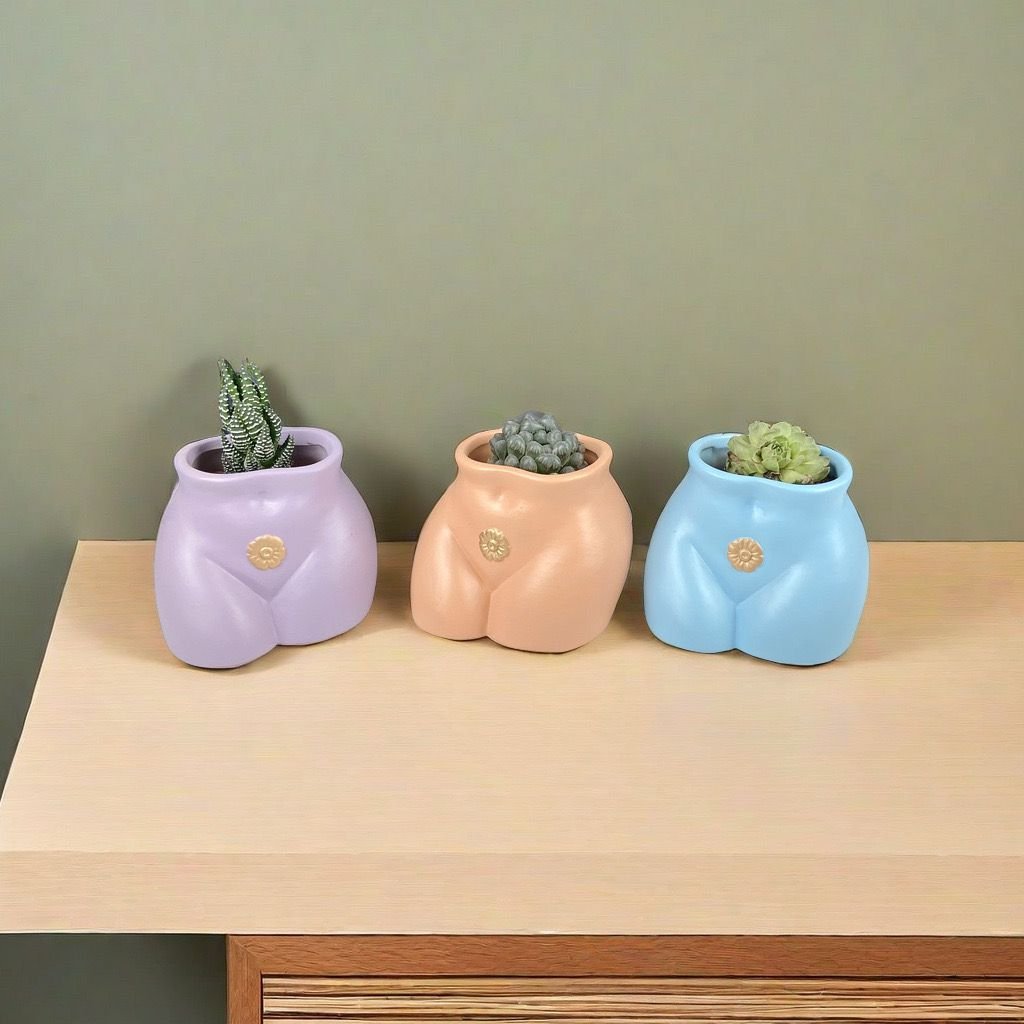
These pots often serve as statement pieces with their intricate designs. Their care requires:
- Maintenance: Regularly inspect for any damage to the decorative elements. Clean gently with a soft brush to avoid affecting the artwork.
- Watering: Be mindful of the plant’s needs and ensure the planter has proper drainage.
- Temperature: Avoid placing them in extreme temperatures that might affect both the plant and the pot’s artwork.
2.General Planter Maintenance Tips
2.1 Watering Practices
- Frequency: Adjust watering based on the type of plant and the planter’s material. Generally, ceramic and glass pots require less frequent watering due to their material properties.
- Technique: Water deeply to ensure roots get sufficient moisture. Avoid letting water sit at the bottom of the pot.
2.2 Soil Management
- Quality: Use high-quality, appropriate soil for your plants. For example, succulents thrive in sandy, well-draining soil, while other plants may need richer, organic soil.
- Re-potting: Re-pot your plants every 1-2 years or when they outgrow their current planter. This refreshes the soil and provides more space for root growth.
2.3 Cleaning and Sanitizing
- Regular Cleaning: Clean planters periodically to remove dirt, algae, and other residues. This helps prevent fungal and bacterial growth.
- Sanitizing: For ceramic and plastic planters, use a mixture of water and white vinegar to sanitize and kill potential pathogens.
3.Specific Care for Unique Planter Designs
3.1 Dice-Shaped Planters
- Interior Care: Ensure that the internal surfaces are free from soil buildup. This can be done by gently scraping or using a small brush.
3.2 Animal-Shaped Planters
- Detail Attention: Carefully clean around the animal’s features to avoid buildup that could obscure the design.
3.3 Human Body Art-Shaped Planters
- Preservation of Art: Avoid using harsh chemicals that could damage the artwork. Instead, use mild, natural cleaners and soft brushes.
4.Troubleshooting Common Issues
4.1 Drainage Problems
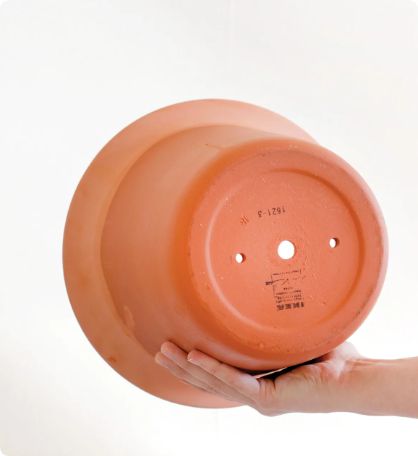
- Solution: If your planter doesn’t have enough drainage holes, consider drilling additional ones or placing a drainage layer at the bottom.
4.2 Root Rot
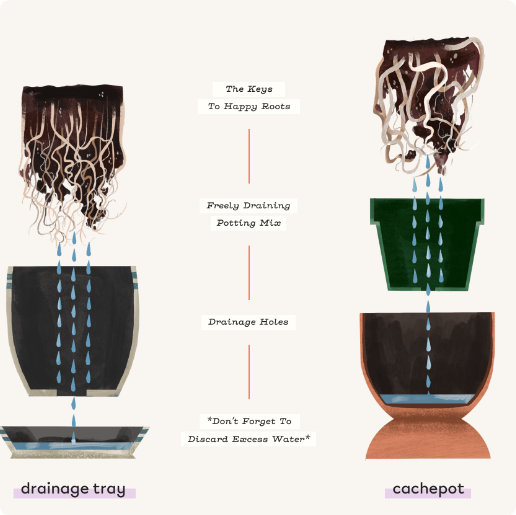
- Solution: Ensure proper watering practices and use well-draining soil. If root rot occurs, remove affected roots and re-pot the plant in fresh soil.
4.3 Cracks and Damage
- Solution: For ceramic pots, seal any cracks with waterproof sealant. For other materials, assess if repairs are possible or consider replacing the planter if damage is extensive.
Taking care of planters involves understanding their material properties, maintenance needs, and the specific requirements of the plants they house. By following these guidelines, you can ensure that both your planters and plants remain in excellent condition, enhancing the beauty and health of your indoor and outdoor spaces. Whether you’re tending to a stylish ceramic pot or a playful animal-shaped container, proper care will extend the life of your planters and contribute to a thriving garden or home environment.

